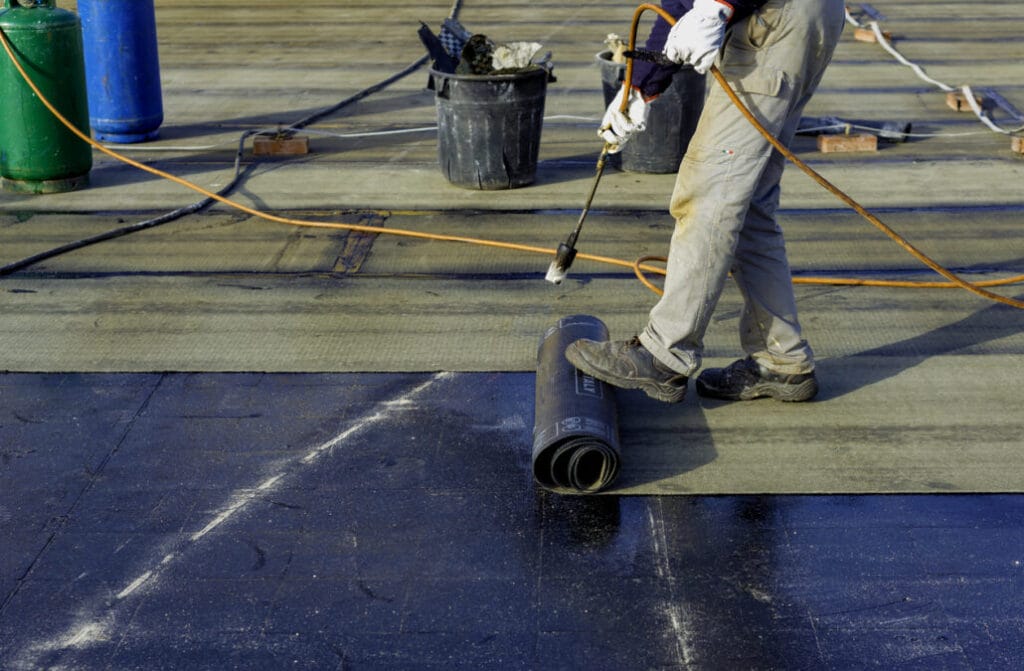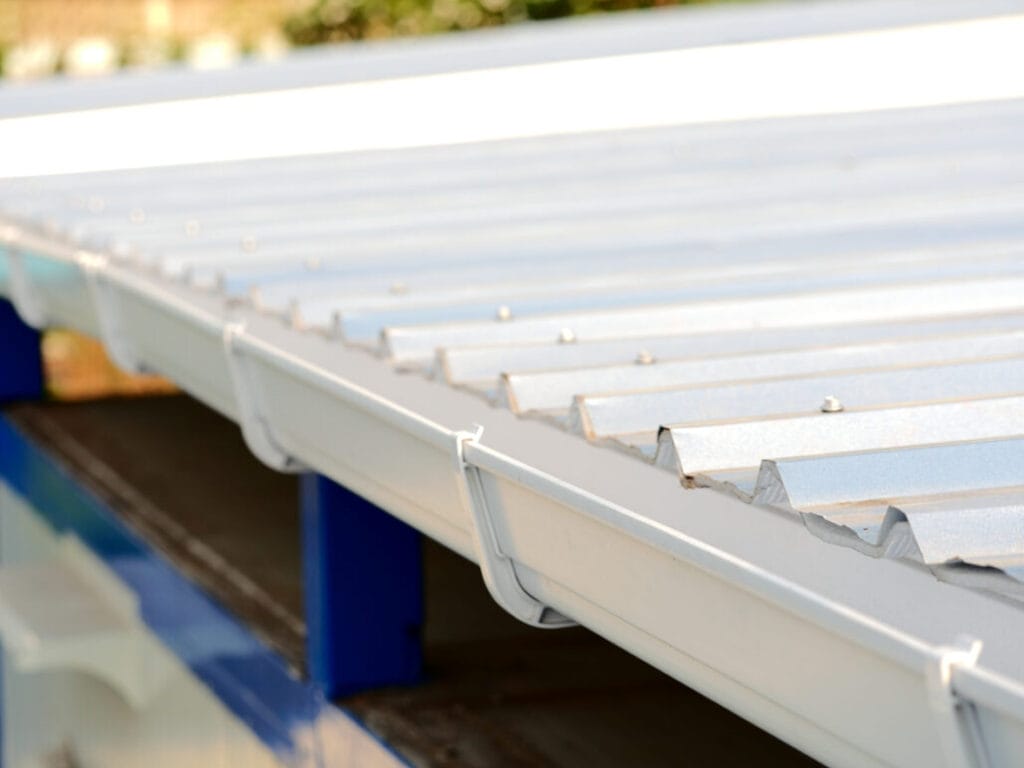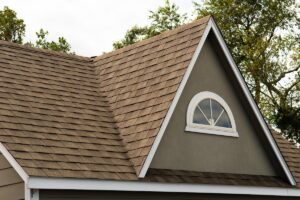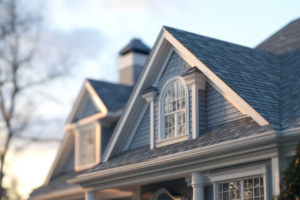Flat roofs are a popular choice for many homeowners and businesses due to their sleek and modern design, space-saving advantages, and energy-efficient properties. However, one critical aspect of maintaining a flat roof often goes overlooked: proper drainage. In this blog post, we’ll delve into the importance of ensuring adequate drainage for flat roofs, the consequences of poor drainage, and essential maintenance steps to keep your flat roof in top condition.
The Importance of Proper Drainage for Flat Roofs
Proper drainage is a fundamental consideration for any roofing system, but it holds particular significance for flat roofs. Unlike sloped roofs that naturally guide water away, flat roofs need an efficient drainage system to prevent water from pooling and causing structural damage. Here’s why it’s essential:
- Preventing Water Accumulation: Flat roofs have a minimal slope or no slope at all, making them prone to water accumulation. Without proper drainage, rainwater, snow, or debris can gather on the roof’s surface, leading to a host of problems.
- Structural Integrity: Excessive water weight can strain the roof’s structure, potentially causing it to sag or weaken over time. This can result in costly repairs or even the need for a complete roof replacement.
- Leaks and Moisture Damage: Standing water can seep into the roof’s membrane or underlayment, leading to leaks and moisture-related issues inside the building. These problems can compromise the building’s interior and its occupants’ comfort.
- Mold and Mildew: Stagnant water provides an ideal breeding ground for mold and mildew. These microorganisms can not only damage the roof but also pose health risks to those inside the building.
Flat Roof Drain Cleaning
Regular maintenance is key to ensuring proper drainage for your flat roof. One essential maintenance task is keeping the drains clean and free of debris. Here’s how you can do it:
- Gather Necessary Tools: To clean your flat roof drains, you’ll need gloves, a hose, and a pipe brush.
- Remove Debris and Obstructions: Carefully access the roof and remove any leaves, branches, or other debris clogging the drains. Be sure to wear gloves for safety.
- Flush Drains with Water: After clearing the visible debris, use a garden hose to flush the drains with water. This will help dislodge any remaining blockages.
- Routine Maintenance Schedule: It’s advisable to perform drain cleaning at least twice a year, ideally before the rainy season and after the fall when leaves tend to accumulate.
For more thorough drain cleaning and maintenance, consider hiring professional cleaning services. They have the expertise and equipment to ensure your flat roof’s drains are in optimal condition.
Roof Waterproofing Materials

In addition to proper drainage, waterproofing materials play a crucial role in planning for your flat roof. Waterproofing involves applying materials to seal and protect the roof’s surface, preventing water penetration. The following materials are ones you should ensure are being used to ensure your flat roof is waterproof:
- Modified Bitumen: This asphalt-based material provides excellent waterproofing properties and durability.
- EPDM (Ethylene Propylene Diene Monomer): EPDM membranes, in addition to being water resistant, are highly resistant to UV rays and have a long lifespan.
- TPO (Thermoplastic Olefin): TPO roofing is known for its energy efficiency and armyresistance to water and chemicals.
Talk to an expert, like Army Roofing, to ensure the best materials are chosen for your Flat Roof build.
Gutter Installation with Flat Roofs

Another critical element of flat roof drainage is the installation of gutters. Gutters collect rainwater and direct it away from the roof, preventing water from accumulating on the surface. Here’s what you need to consider for your gutter installation:
- Proper Slope and Positioning: Gutters should be correctly sloped to ensure water flows toward the downspouts. Proper positioning is crucial to guide water away from the building.
- Gutter Size and Capacity: Choose gutters that can handle the volume of water your flat roof may experience, especially during heavy rainfall.
- Maintenance and Cleaning: Regular gutter maintenance, including cleaning and repairs, is essential to keep the drainage system functioning correctly.
Gutters and downspouts are integral components of the flat roof drainage system, working in tandem with drains to prevent water accumulation.
Preventative Measures
To maintain proper drainage for your flat roof, consider these preventative measures:
Regular Inspections
Conduct frequent roof inspections to identify drainage issues, including clogs or damage to drains and gutters.
Maintenance Practices
Implement routine maintenance practices to prevent clogs and blockages, such as trimming overhanging branches and removing debris.
Extend the Drainage System Lifespan
To prolong the lifespan of your flat roof’s drainage system, invest in quality materials, ensure proper installation, and prioritize regular maintenance.
Conclusion – Ensuring Proper Drainage in your Flat Roof
Proper drainage is vital for maintaining a flat roof’s integrity and preventing costly issues. Regular maintenance, including drain cleaning, the use of appropriate waterproofing materials, and the installation of efficient gutters, are key to ensuring your flat roof remains in excellent condition. If you require professional assistance with flat roof maintenance or repairs, don’t hesitate to reach out to Army Roofing for expert roofing services. Protect your investment and enjoy the benefits of a well-maintained flat roof.





